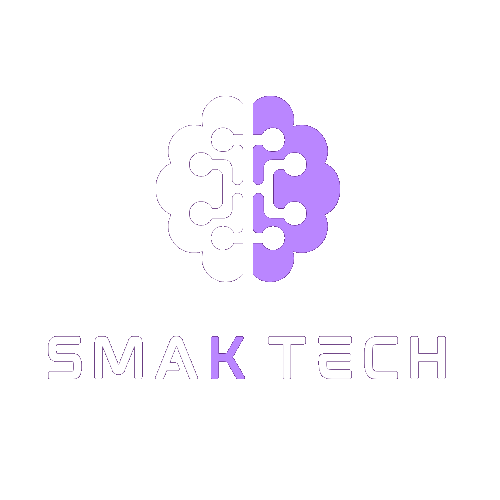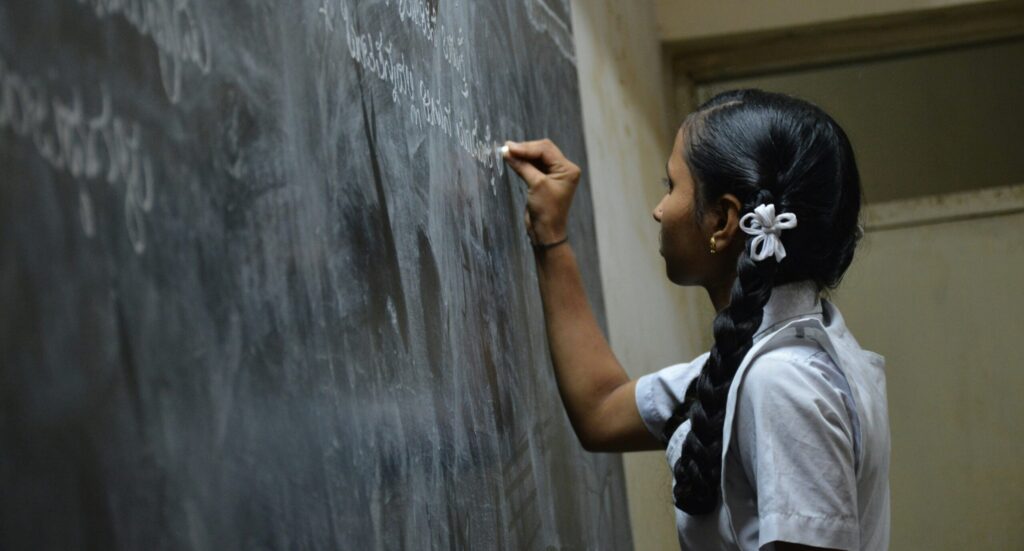While discussing the costs of education, tuition fees is the primary expense to consider; however, in 2025, the true costs of education extend far beyond that. These are the hidden costs that catch most people off guard. The rising transport costs, exam fees, uniform fees, and much more. Each of these expenses add up quietly to make a big chunk of the money parents lose from their pockets. Fortunately, the rapid advancement of technology is providing practical and affordable ways to manage expenses smartly while making quality education more affordable.
This blog explores the actual costs of education involved and the increasing significance and advantages associated with e-learning.
Table of Contents
ToggleRising educational expenses
In 2025, education in India continues to become more expensive, with school fees hiked by 50-80% over the past few years. For many middle-class families, tuition alone consumes nearly 25-35% of household income. following are the reasons of this hike-
- Inflation- General inflation causes a rise in the costs of books, food, transport, and tuition. As a result, parents have to pay more for the educational services.
- Expensive private schooling- Private Schools often charge high fees for infrastructure, extracurriculars, and branding.
- Implementation of NEP 2020- The changes introduced by NEP have caused the schools to upgrade their curriculum, train teachers, invest in new textbooks and resources, further adding to the financial burden.
- Urbanization- Schools in Tier- 1 cities are costly due to high rent and staff salaries.
Hidden costs of education
- Additional coaching or tuition fees – Today, one of the underestimated hidden costs in education is the reliance on private tuition and coaching classes. It has become more of an unspoken requirement now to join private tuitions at such a young age. The fees for the top-tier coaching institutes preparing students for JEE, NEET, CUET, and other competitive exams can easily reach 1.5 lakh to 3 lakhs per year. With rising academic competition, many families feel obligated to opt for these coaches even when it stretches their budget thin.
- Books and study material- Beyond the standard textbooks, the students need supplementary guides, sample papers, and question banks, stationery, and lab kits also contribute to the overall cost. The annual cost of textbook purchases is a necessity in case of a sudden change in the syllabus. for the families having more than one child, this expense multiplies quickly.
- Uniform costs- Multiple sets of uniform and sportswear mandated by the school also contribute to the overall cost. many times the school require parents to buy specific uniforms from designated vendors at inflated price. seasonal uniforms,s sports uniforms, and lab coats are the annual recurring costs.
- Transportation costs- The travel expense, including the school bus expense, public transit, or private vehicles, adds another layer of recurring expenditure. Many schools charge a separate fee for the same depending upon the distance and location.
- Examination and Evaluation fees- The cost of internal assessments, practical evaluation fees, entrance tests, registration charges are the recurring charges that inflate the cost further.
- Health expenses post-COVID- Medical checkups, insurance, and safety protocols have become more prominent in the post-pandemic world.
How these costs affect families?
“When everyone is sending their children for coaching, we don’t have a choice. The competition is so cut-throat that school is not enough.” A parent from Sector 21 said. (The Times of India)
This is the actual situation in which parents view these costs as necessary in this competitive environment.
Quiet burden on parents
These hidden costs make quality education harder to access for low-income families. The extra financial load, like transportation, uniforms, and private tuition, pushes families to their limits. For example, a low-fee school that is not truly low if a parent spends 10,000 Rs. on uniform, books, and transport. This inequality widens the gap between the students and adds a quiet burden on parents.
Monthly Budgets Stretches Thin
Parents find themselves cutting down on essentials to pay for compulsory coaching classes and keep up with their child’s schooling. Emergency funds are drained by a one-time school fund for functions, events, like exhibitions.
Unequal Learning Opportunities
Due to limited access to study materials, limited exposure to advanced extracurricular activities, children fear stepping out in the real discussions. This leads to inequality in learning opportunities between privileged and under-resourced students.
Want to cut your hidden costs and boost learning outcomes? Smaktech is here for your help!
Smart E-Learning Benefits for Budget-Conscious Parents

- Affordable online coaching apps – E – learning platforms offer high-quality video, mock tests, and doubt-clearing sessions at affordable prices. Significantly reducing the overall expenses, including travel expenses, hostel or PG expenses. These platforms reduce the need for expensive in-person tuition that could otherwise cost much higher.
- Free or low-cost study materials- These digital textbooks and open educational resources like NCERT e-books on the government platforms like DIKSHA, SWAYAM eliminate the need to buy costly guidebooks and sample papers, saving on the extra educational expenses. Students can access them anytime and anywhere.
- Less commute, uniform costs- E-learning opens the idea to hybrid learning, where the daily travel, regular use of uniforms are minimized, making it more suitable for longer use.
- EdTech Subscriptions- The Educational apps offer subscriptions that can be used at a discounted price, thus reducing the cost of a new subscription every time.
- Personalized learning experience- AI-powered tools such as Smaktech provide personalized learning paths, instant solutions, and feedback based on the student’s performance. Thus making it a precise and data-driven tutor for all needs. Instead of spending separately on coaching for each subject, they can now get all-in-one learning support.
Want to cut your hidden cost and boost learning outcomes?
Smaktech helps schools and parents save more through smart digital tools, transparent billing, and paperless classrooms.
Is EdTech the Future of Affordable Education?
The EdTech revolution in India is not just about convenience or digitization. It’s about democratizing quality education — making it accessible to students regardless of geography, income, or background. It does have some downsides like unstable internet connection, unequal access to devices, and screen fatigue, but these are not the deal breakers. With hybrid learning models, edtech becomes a tool, not a replacement.



